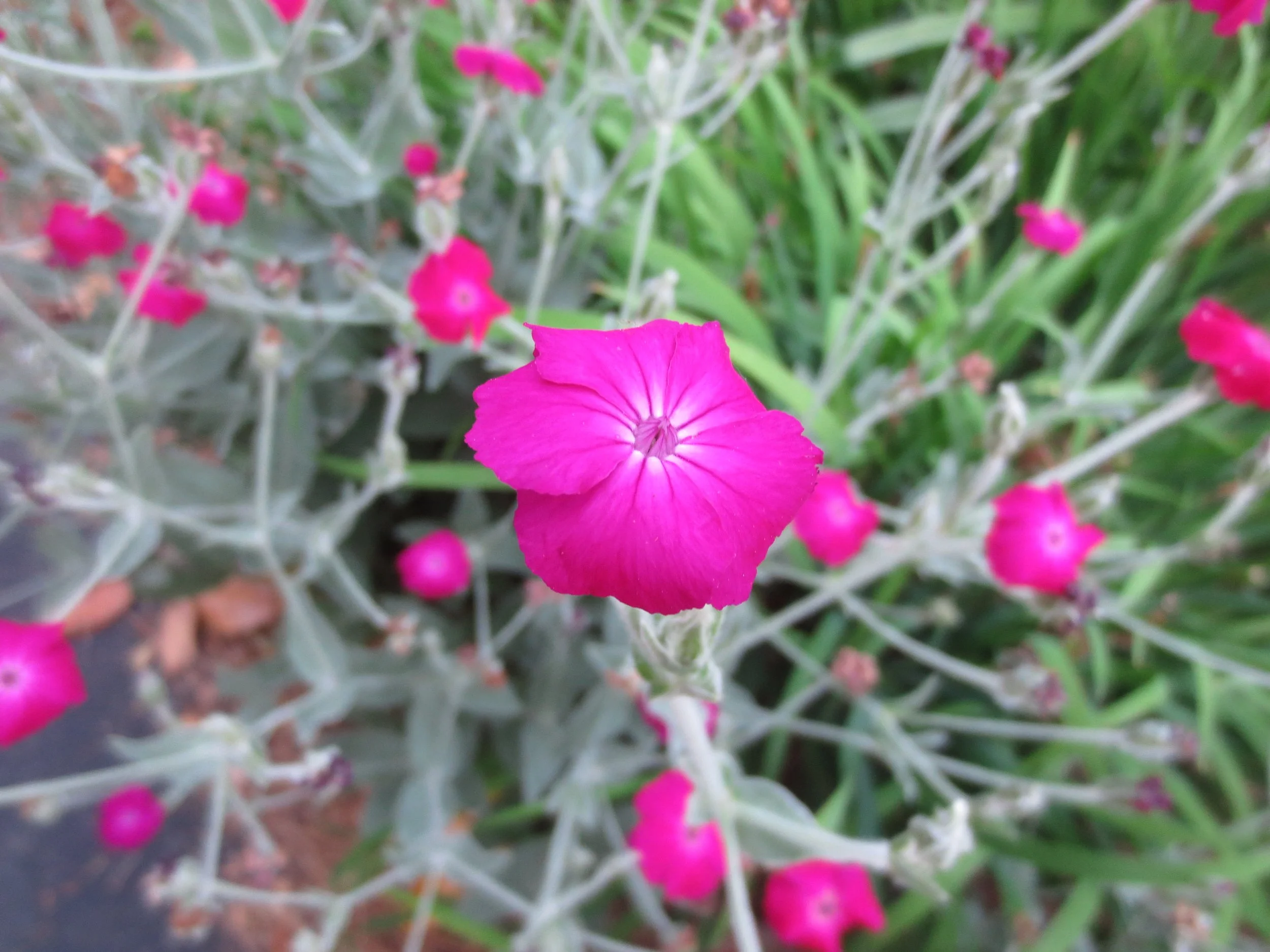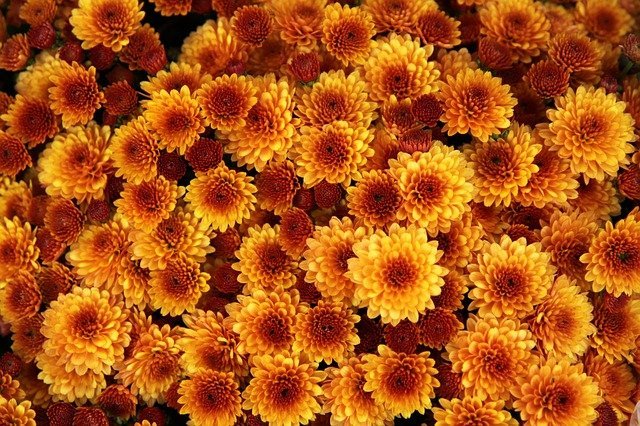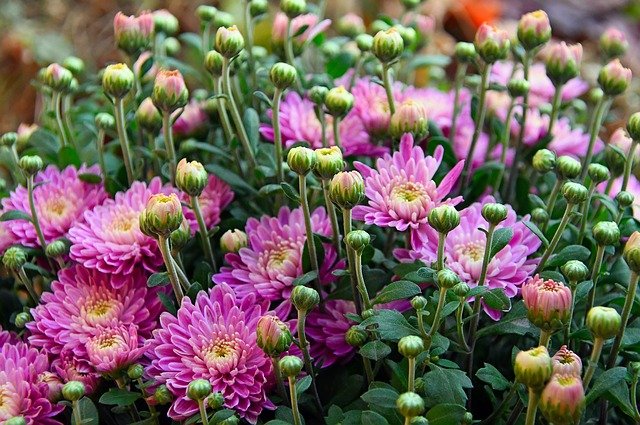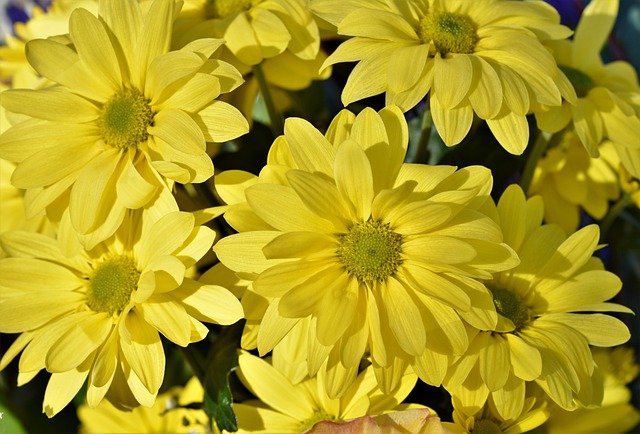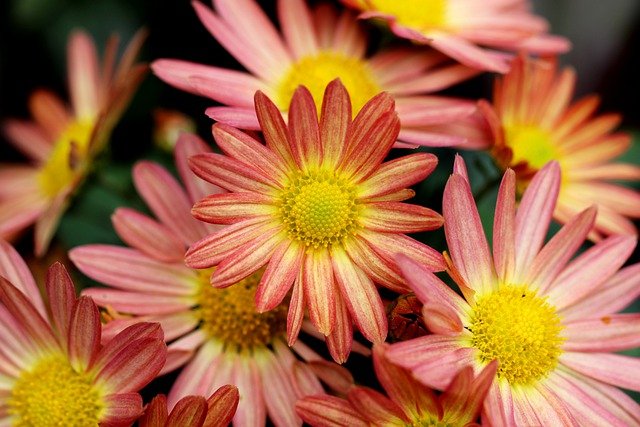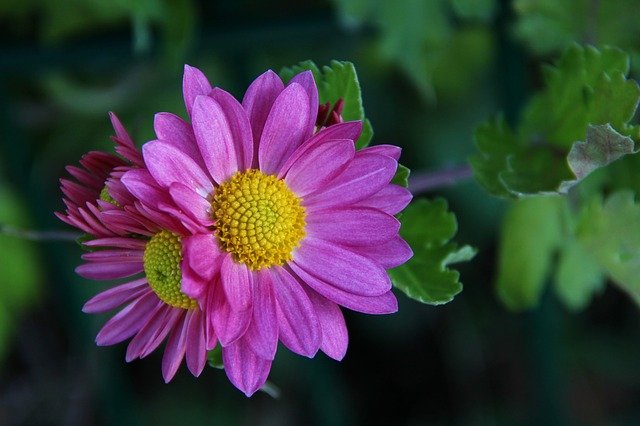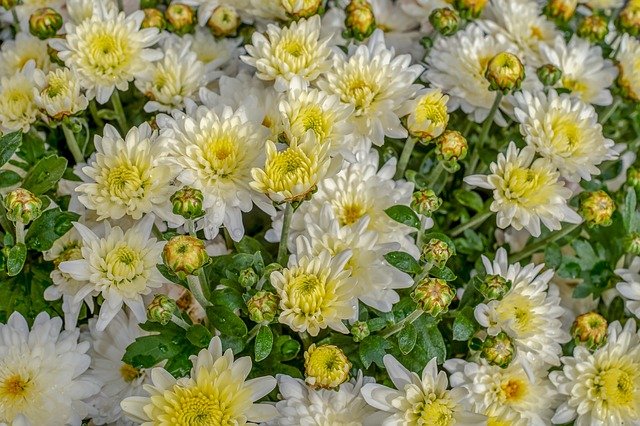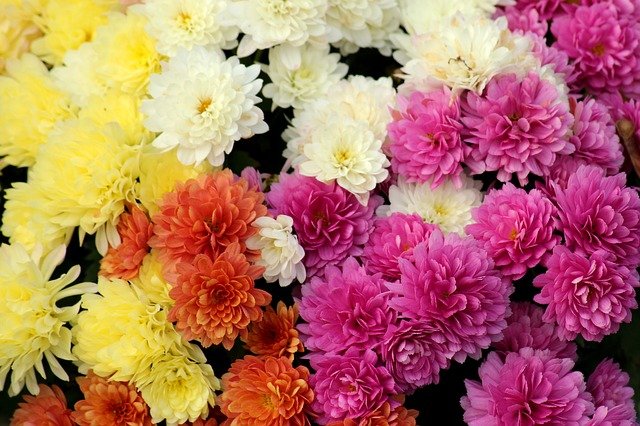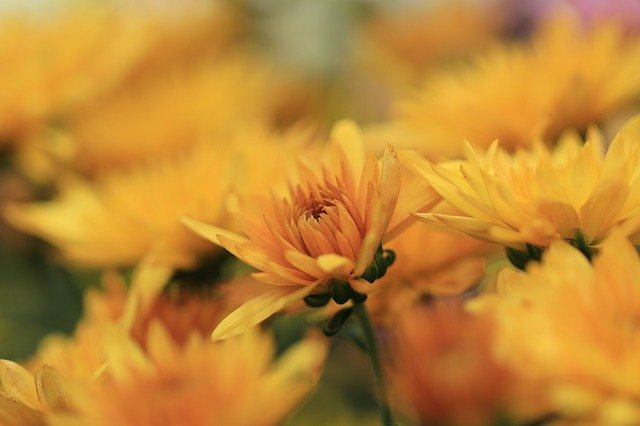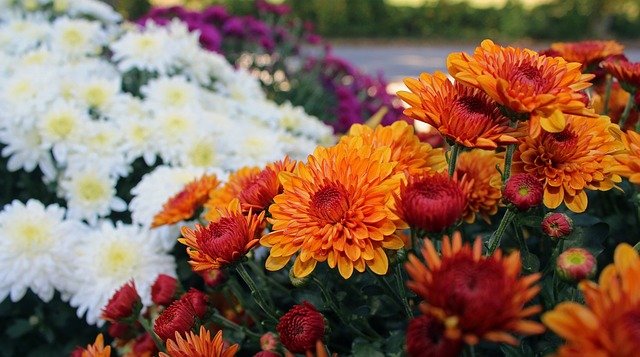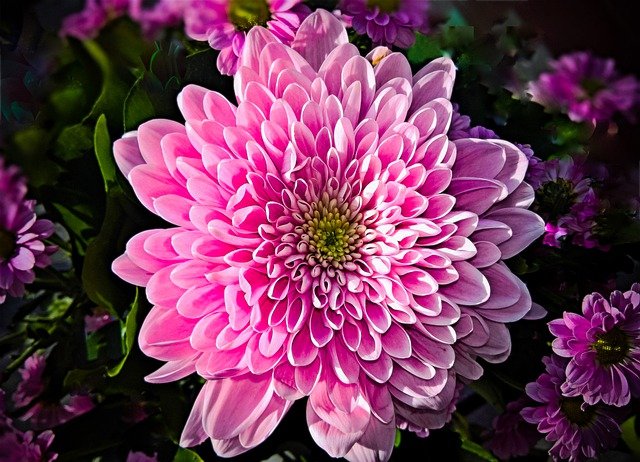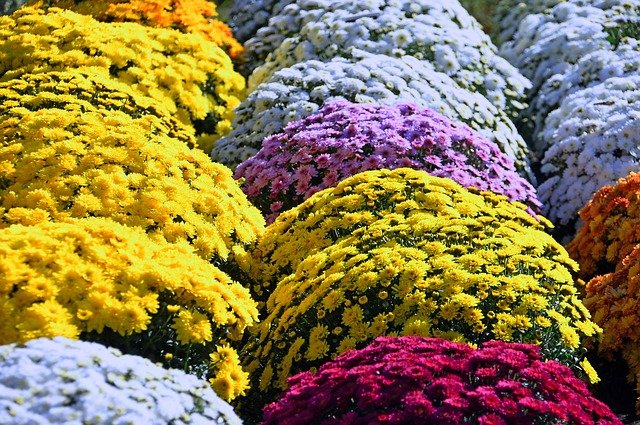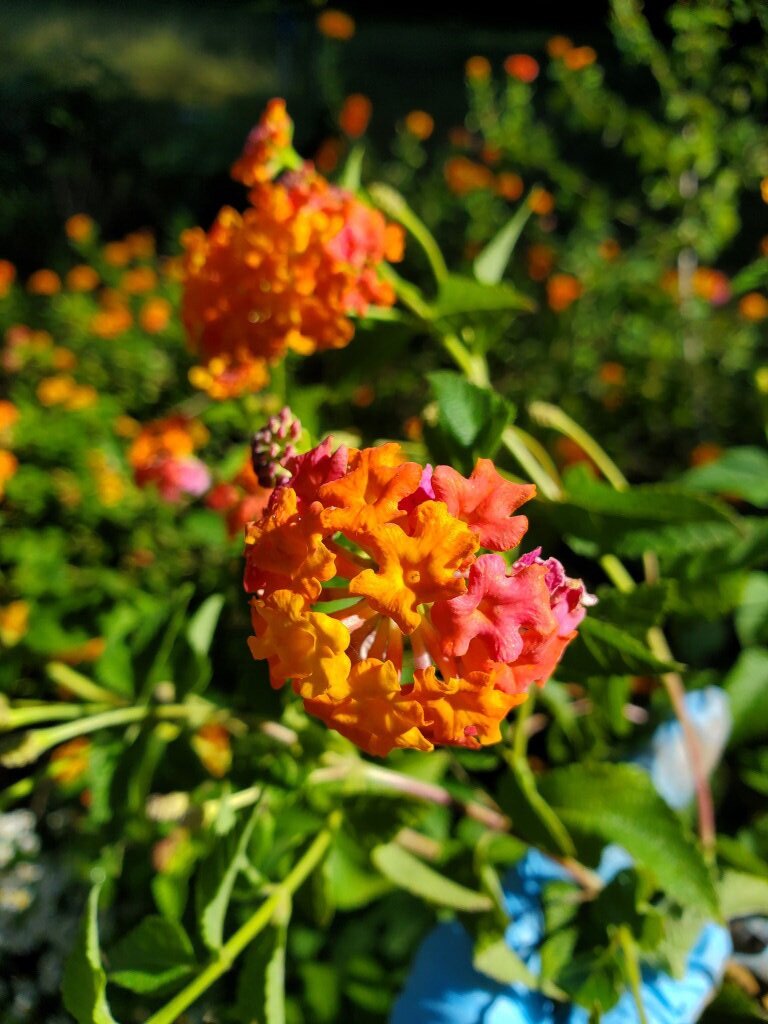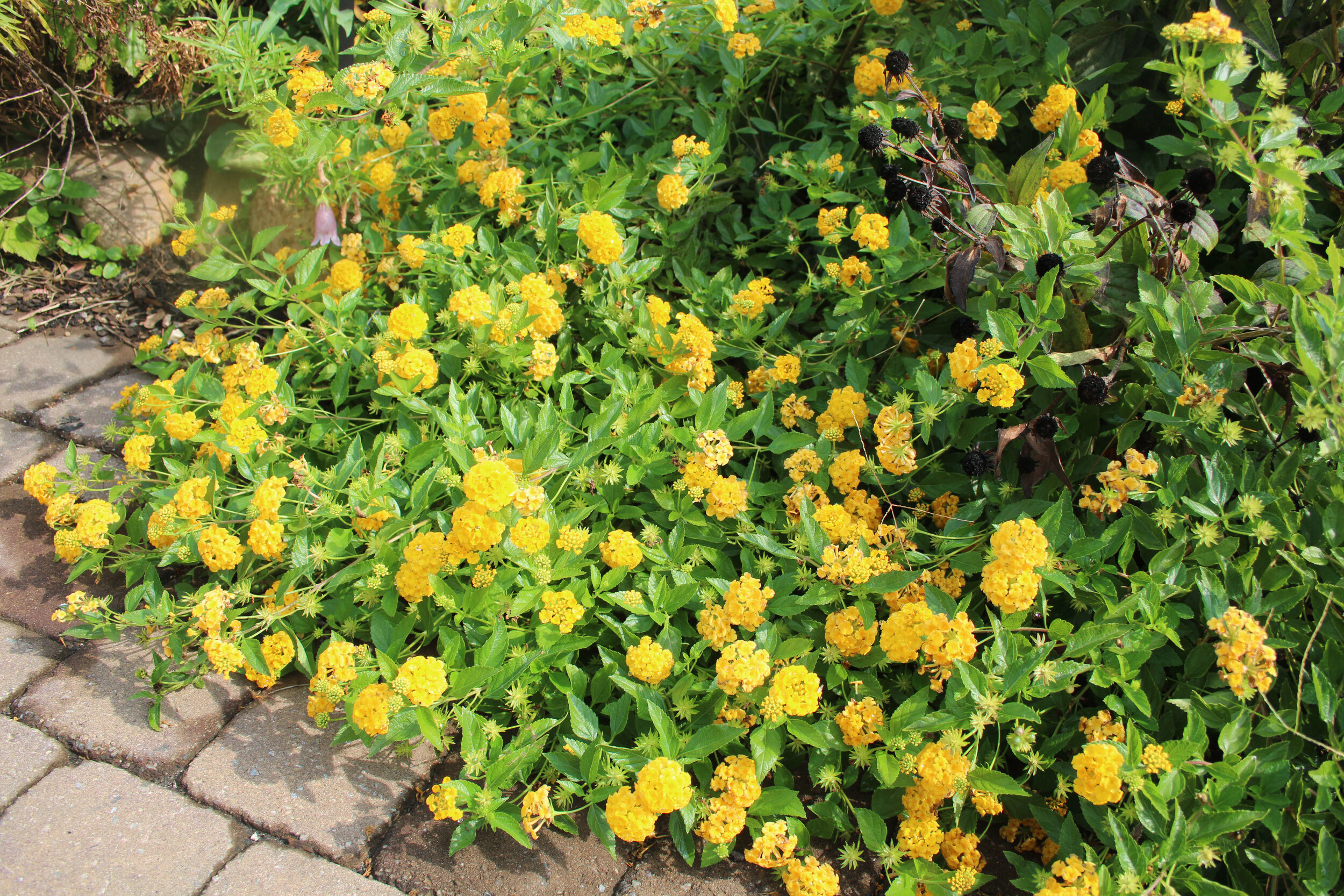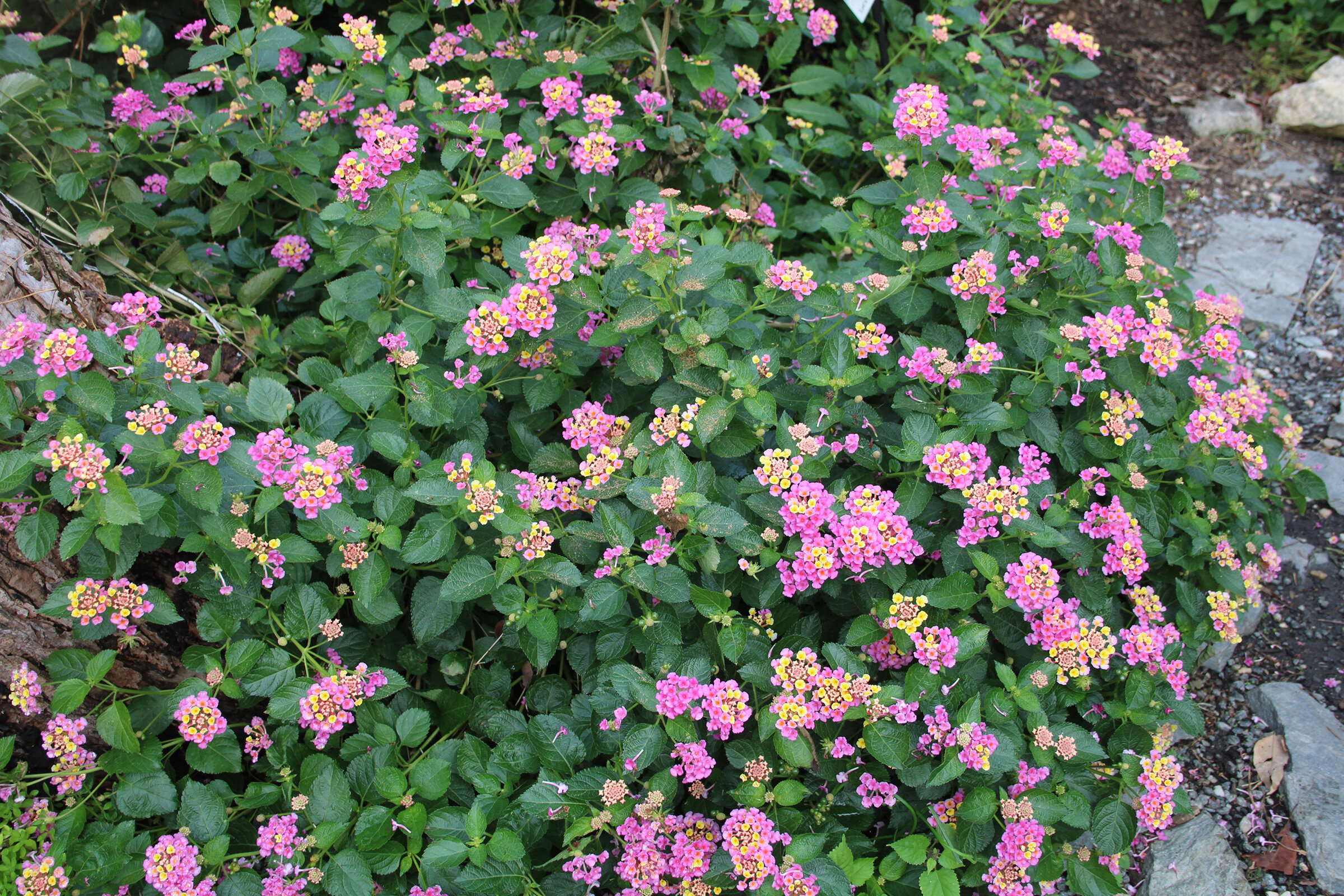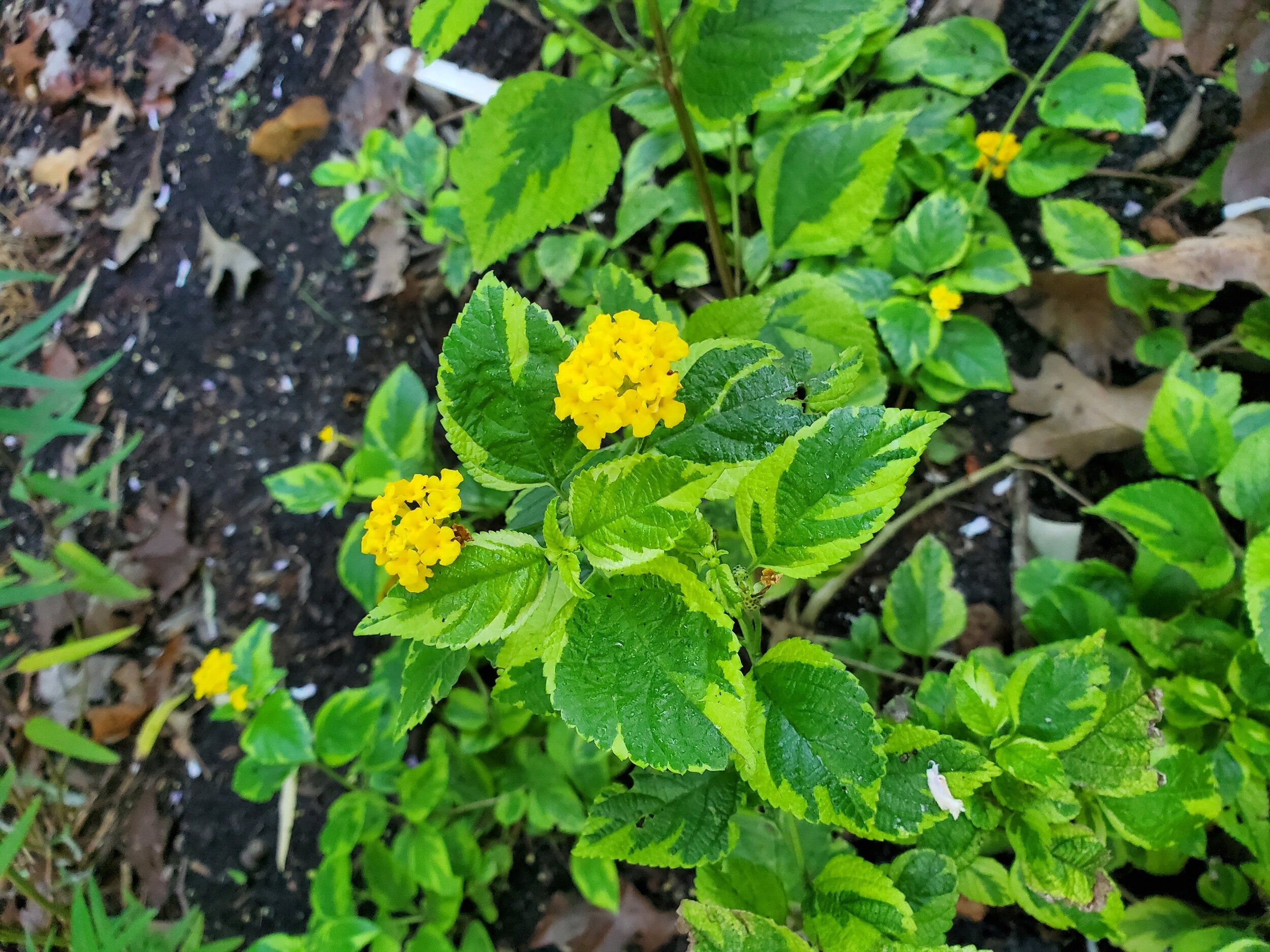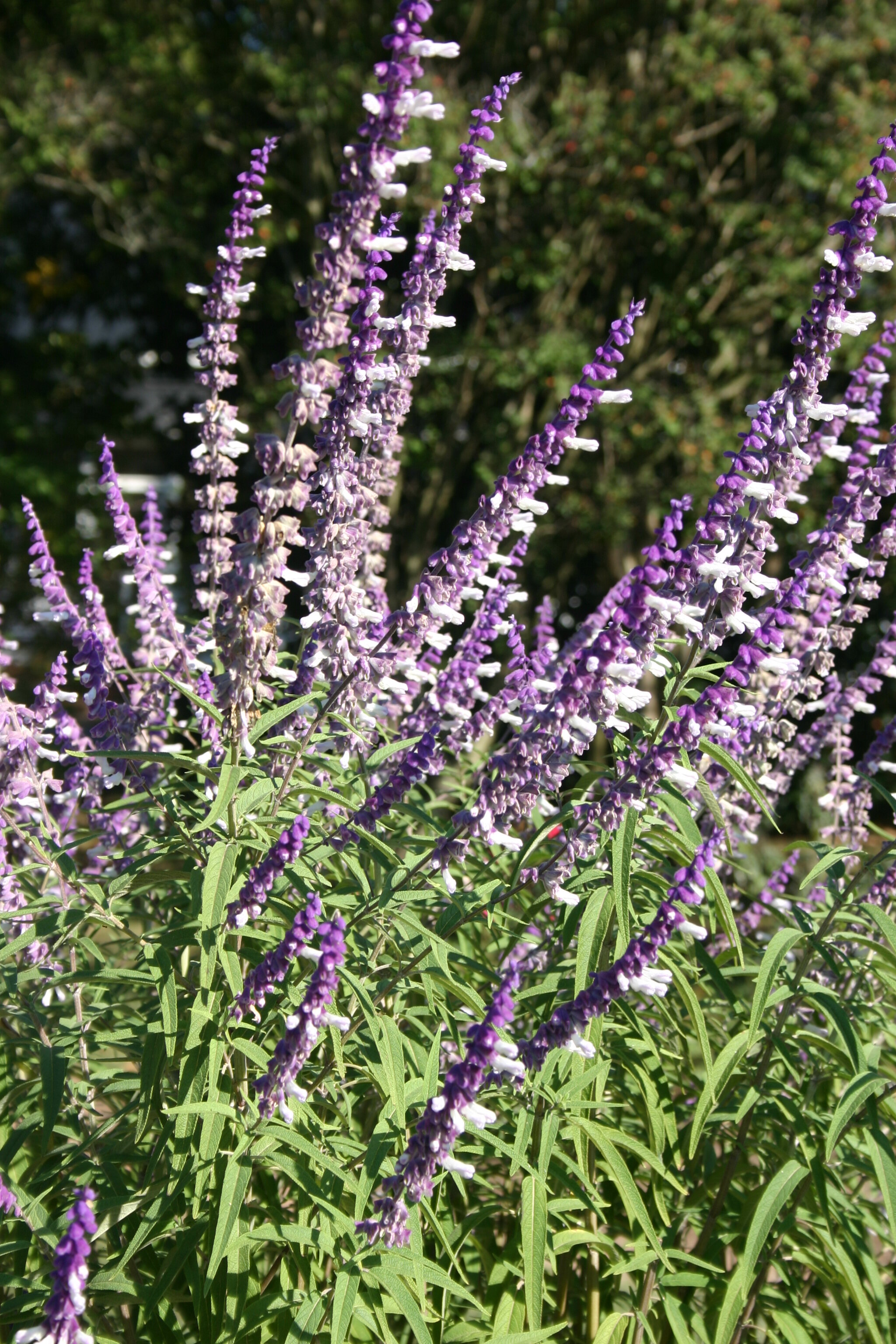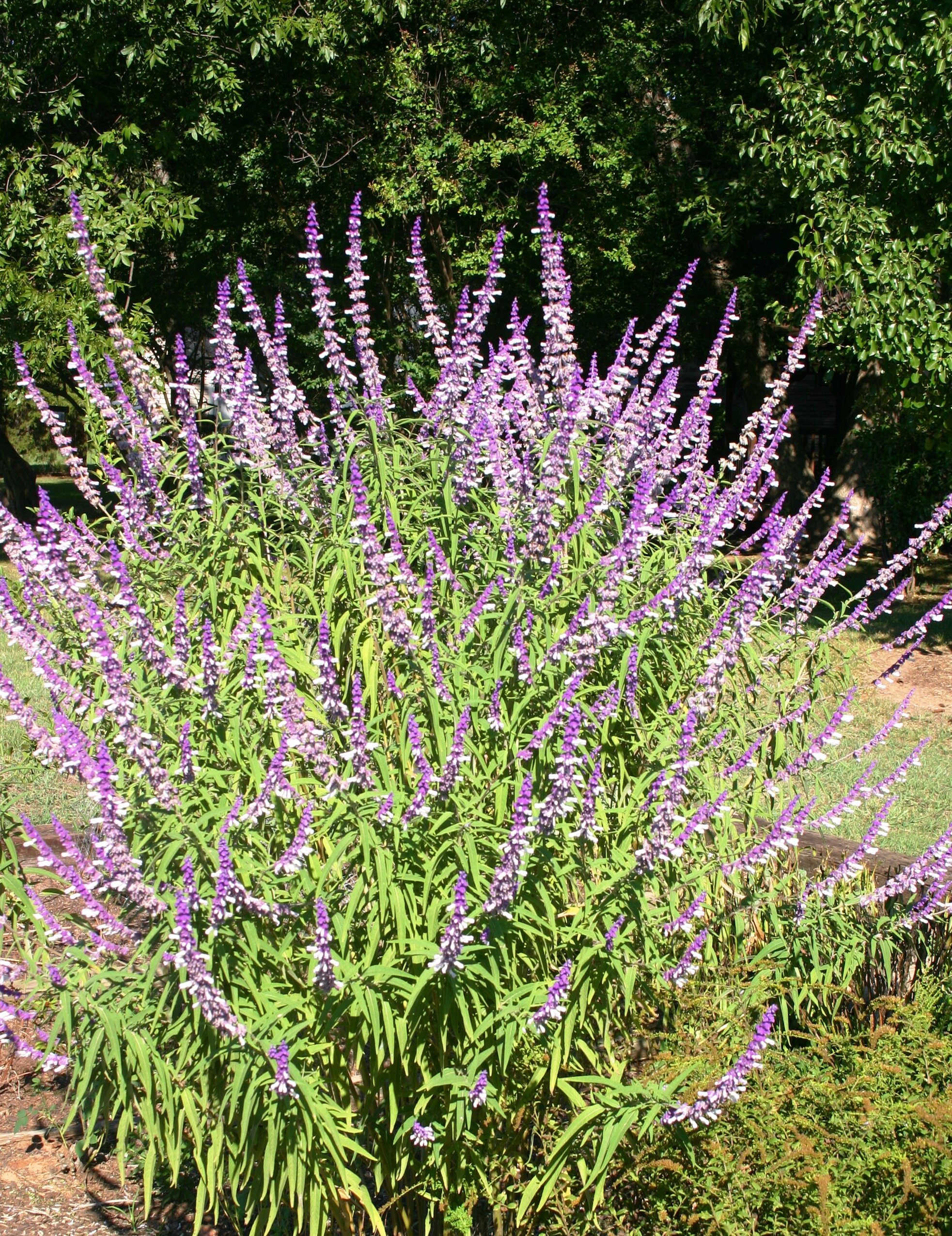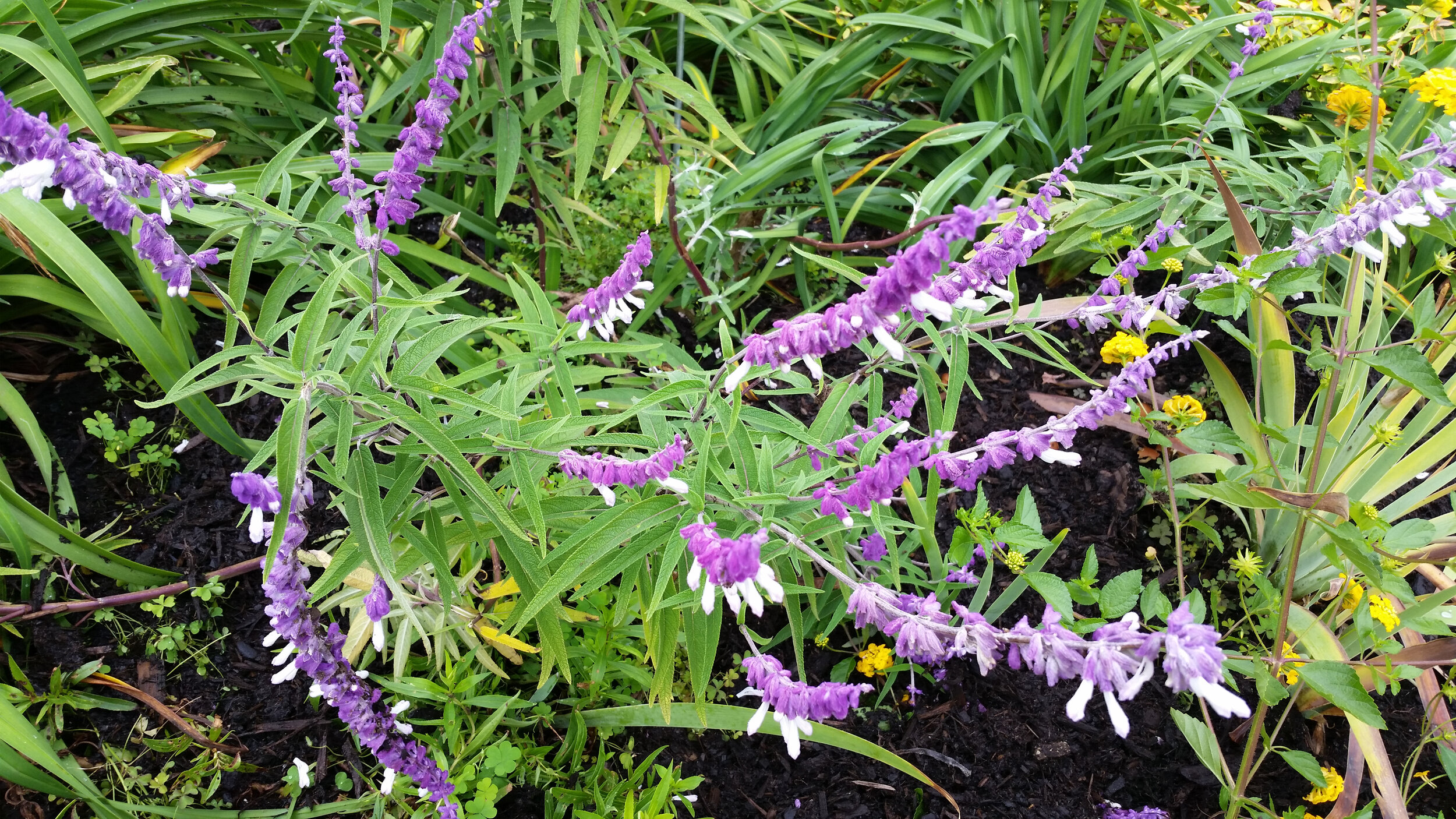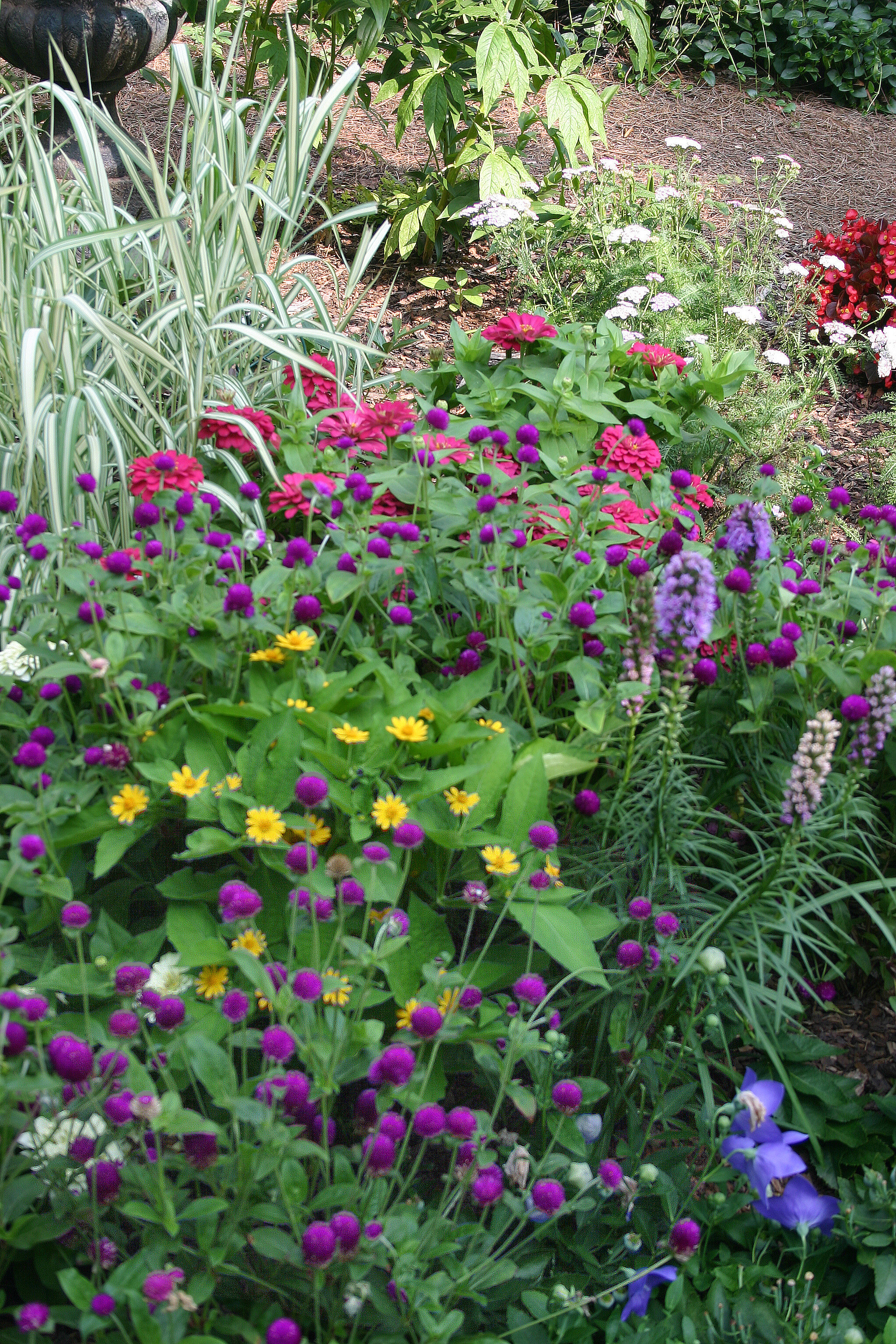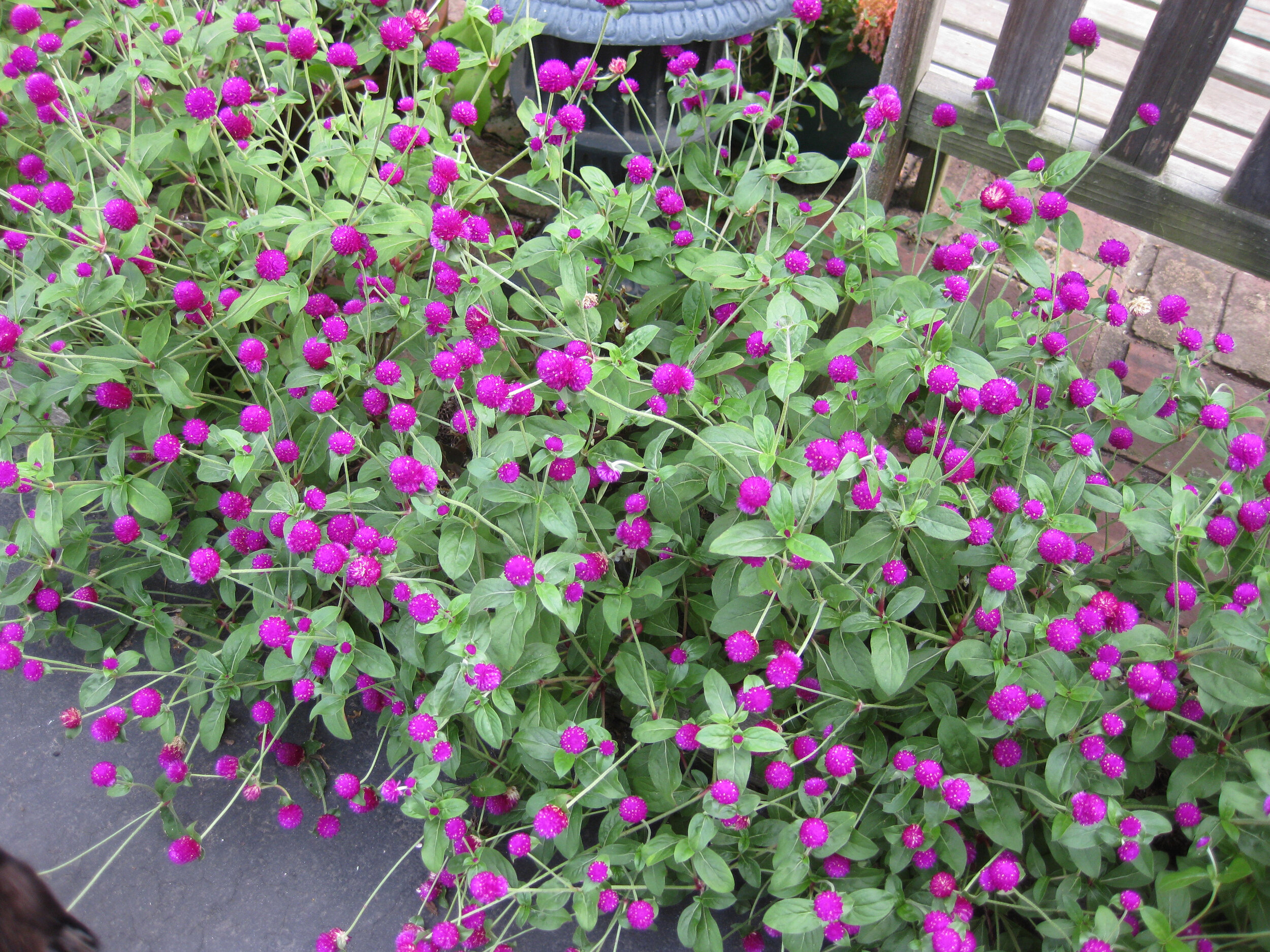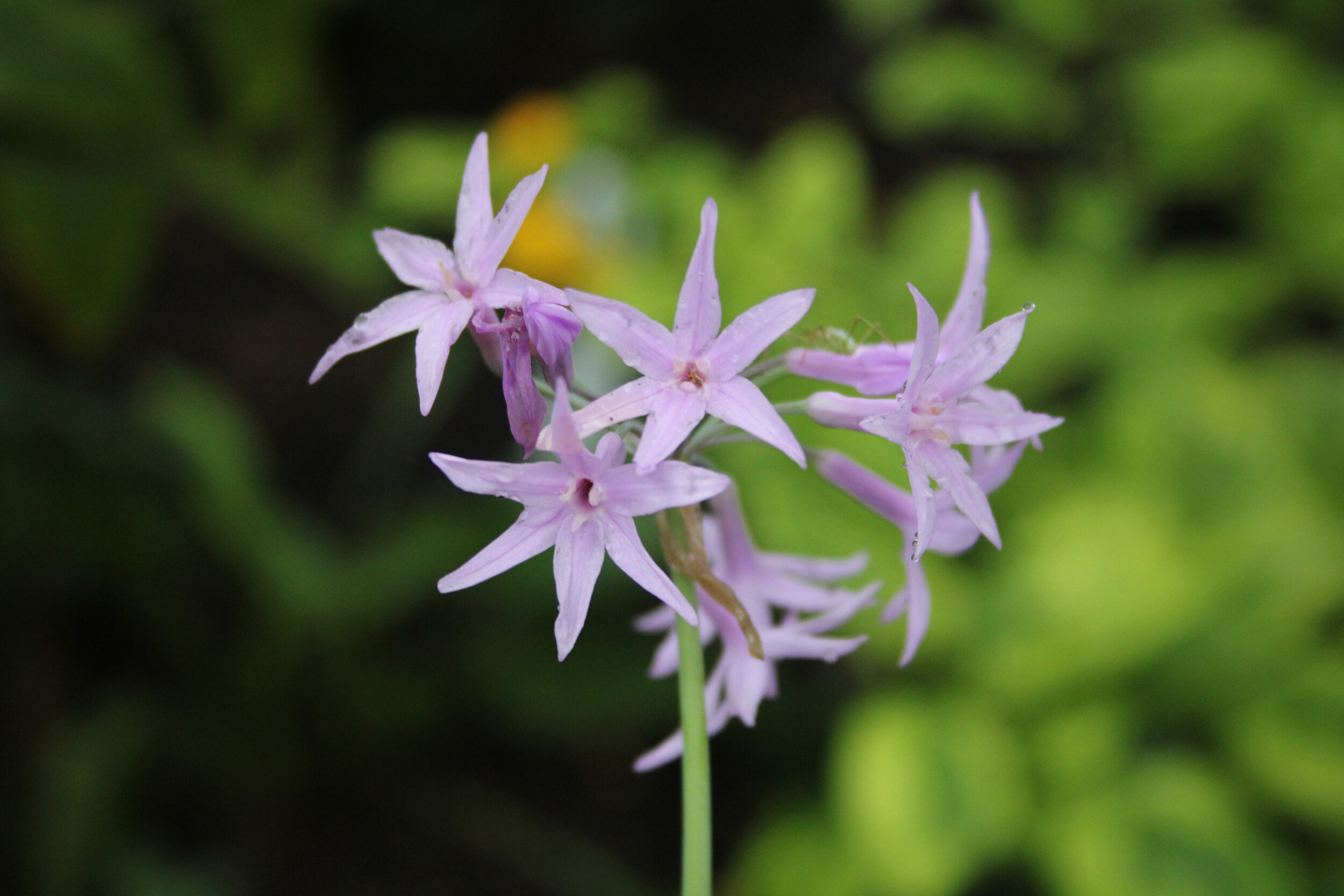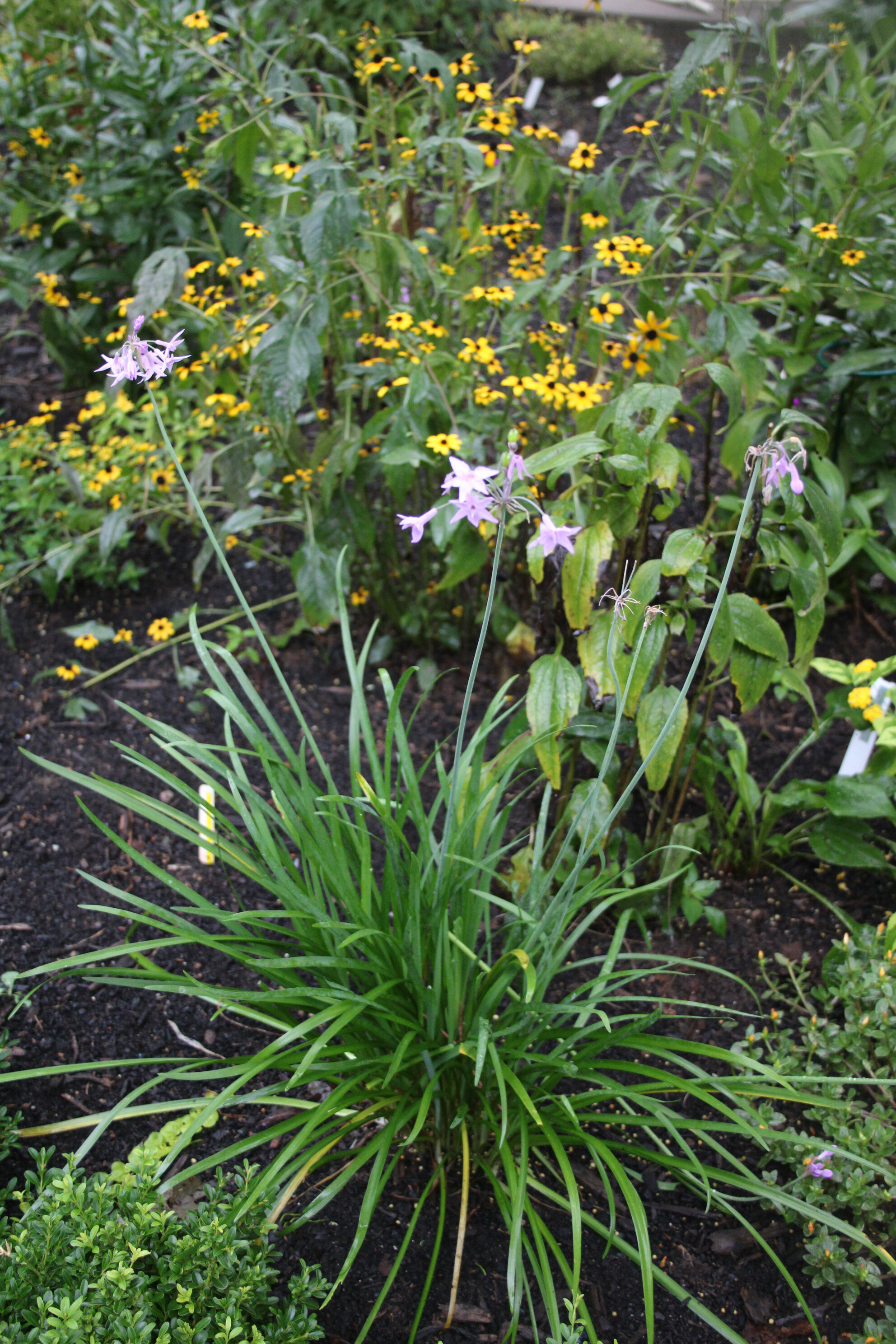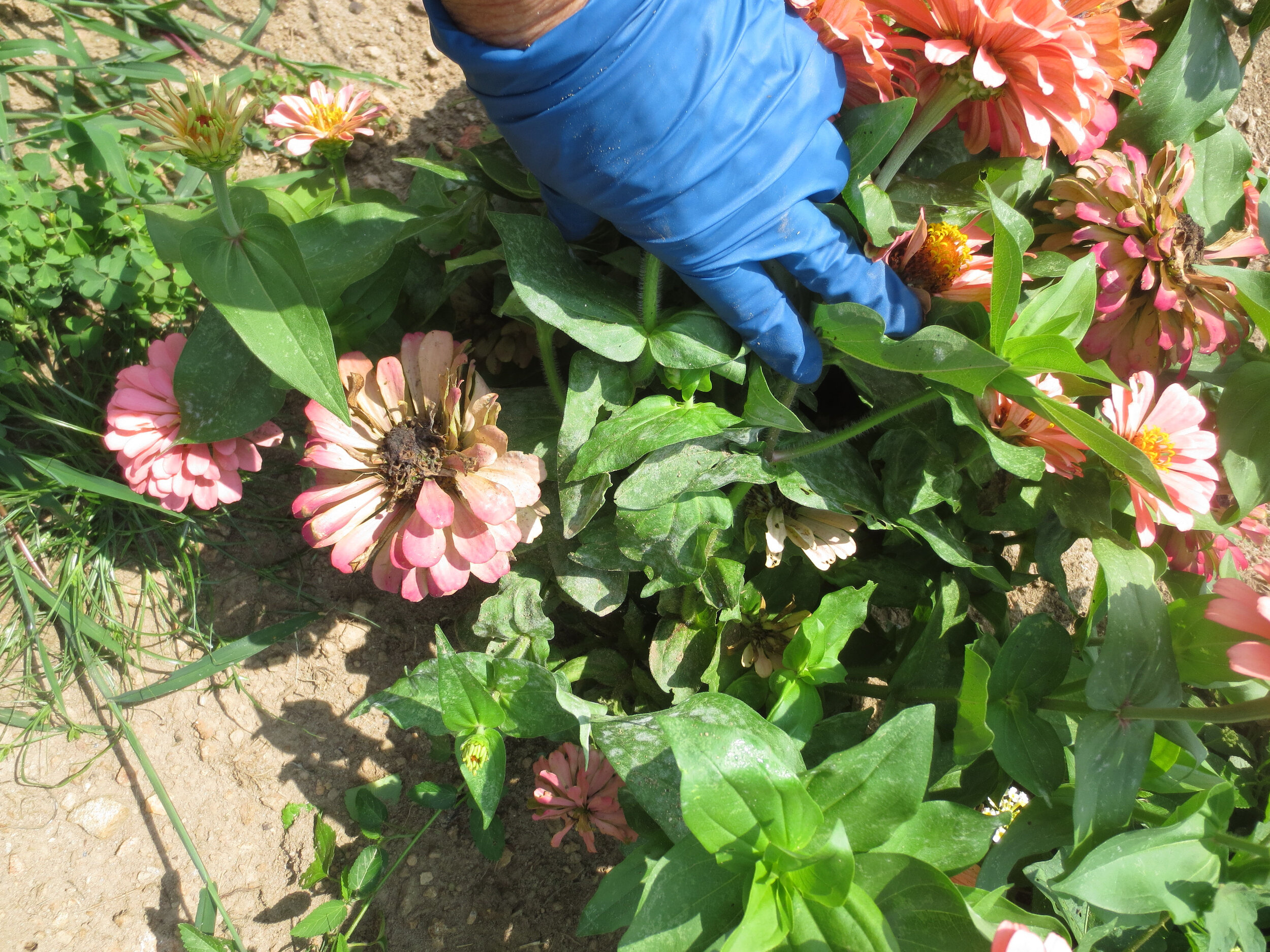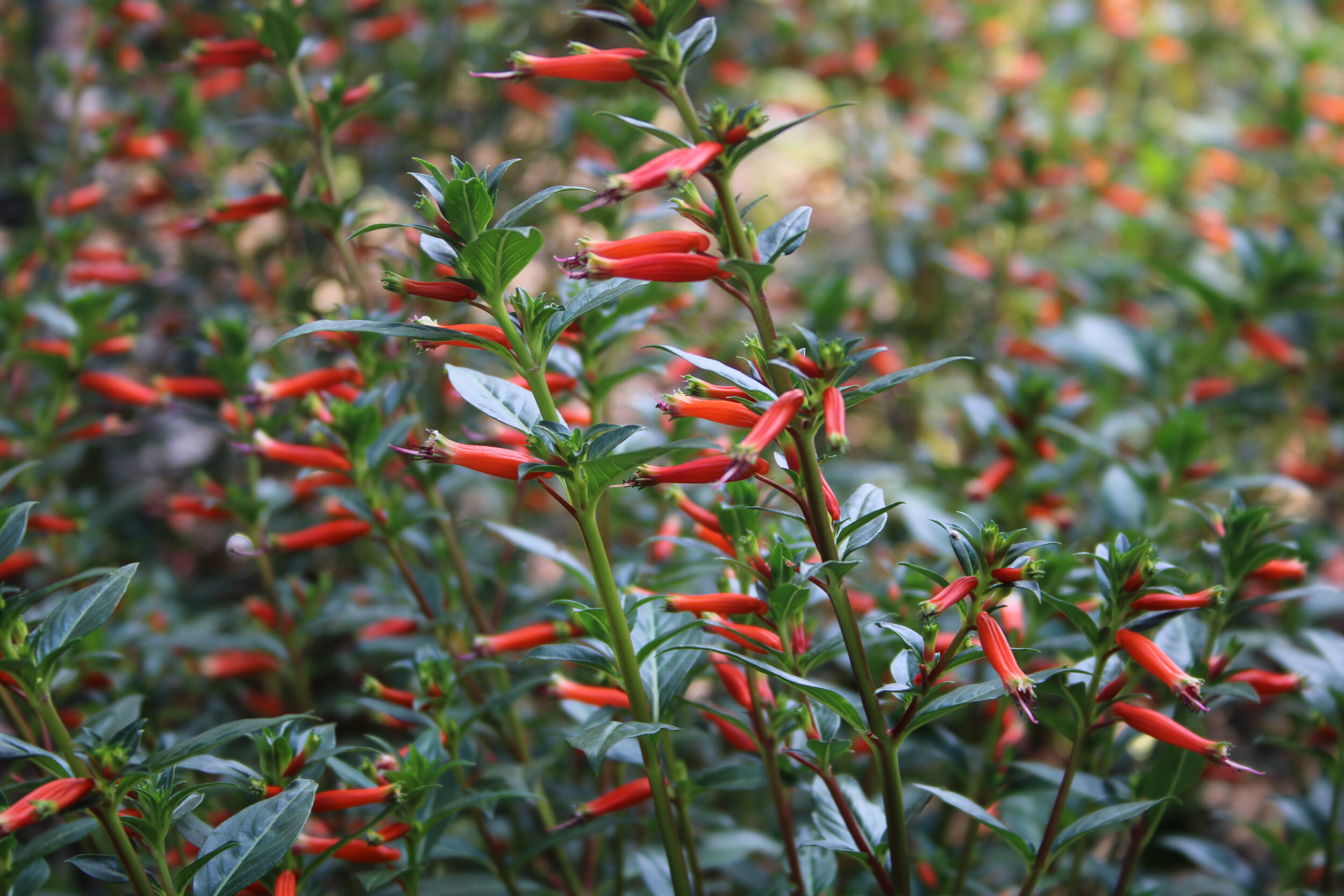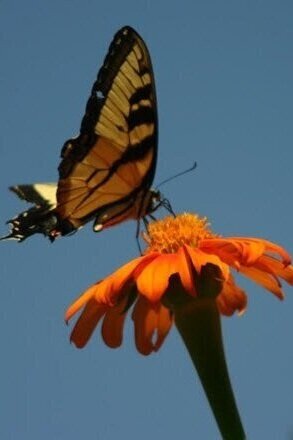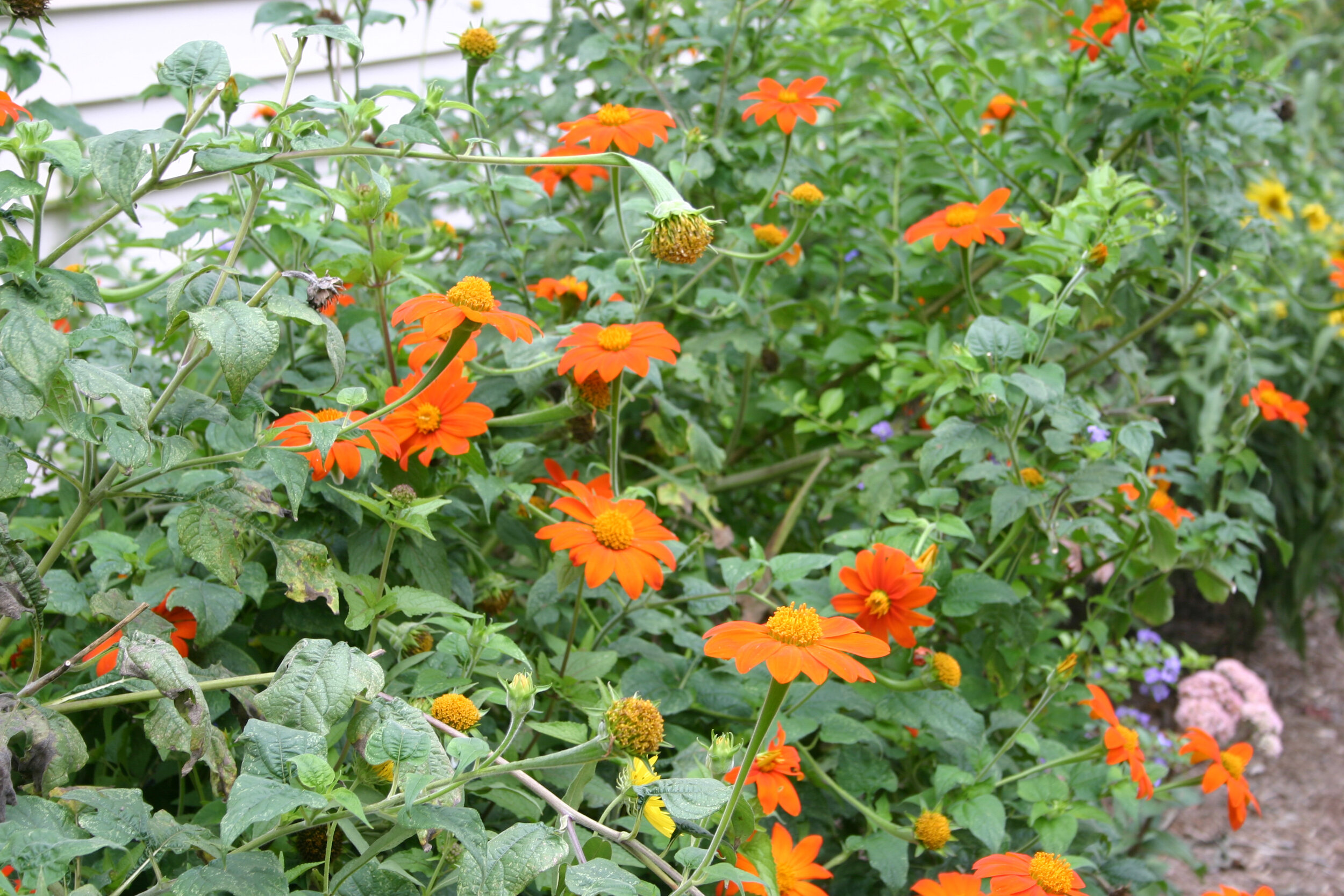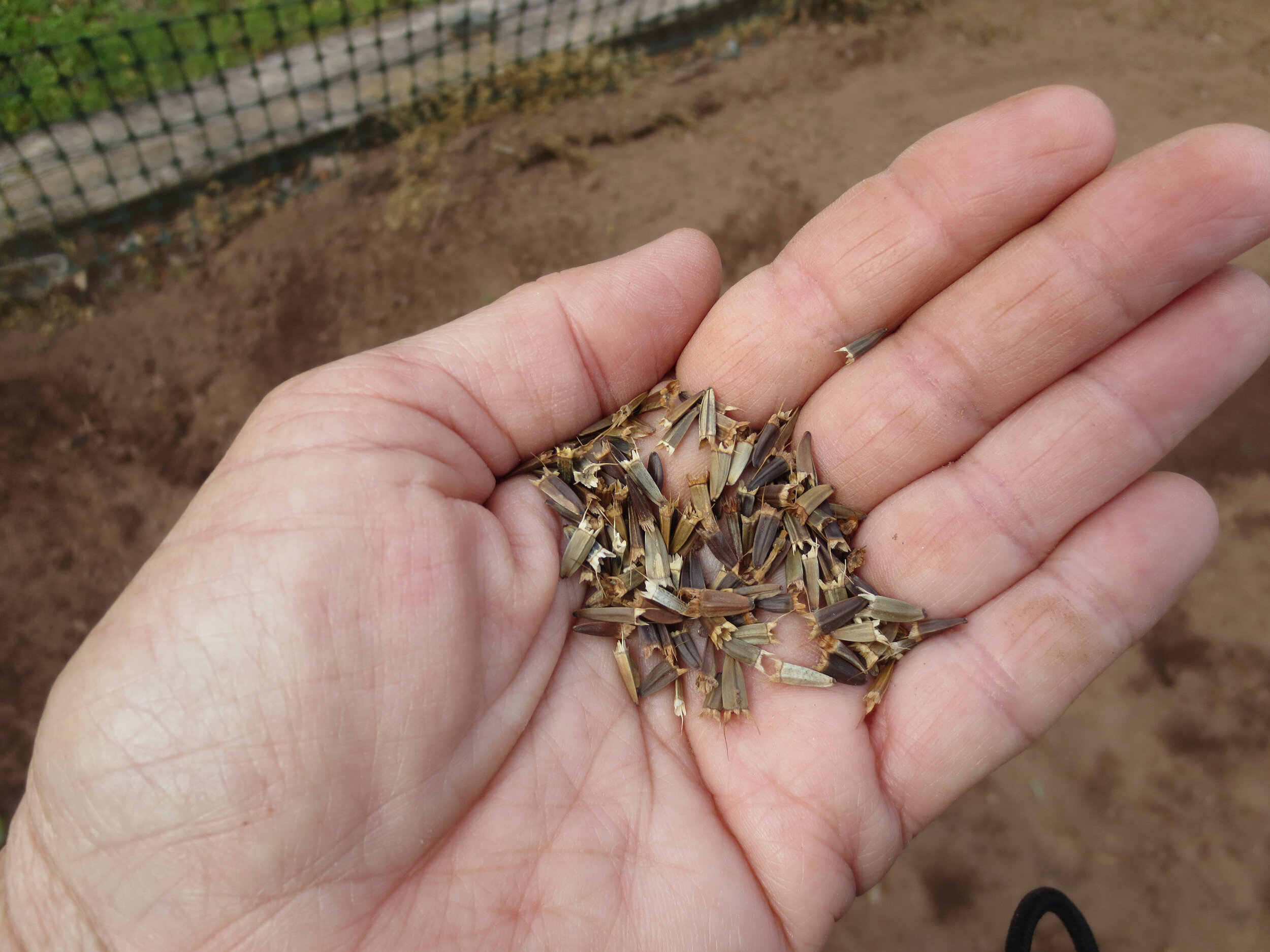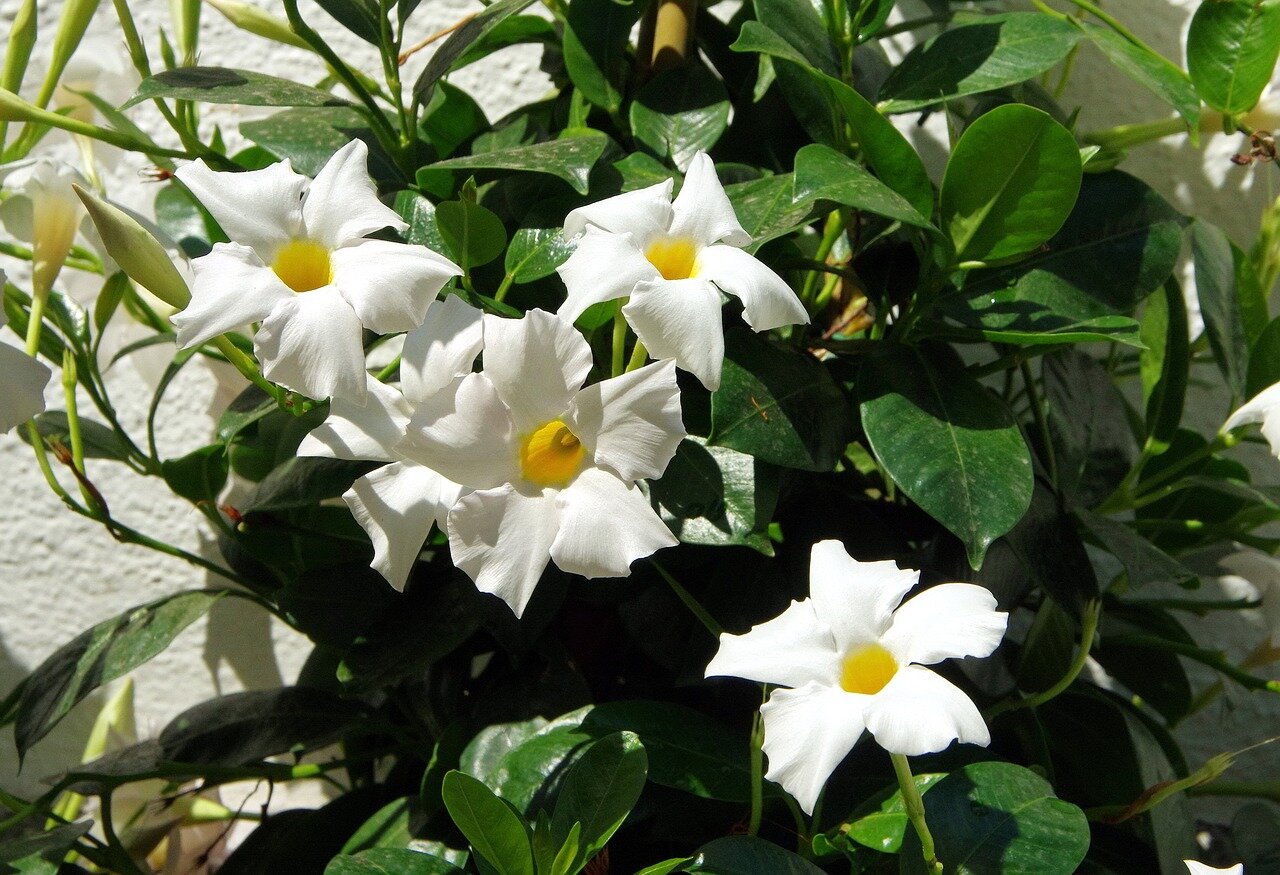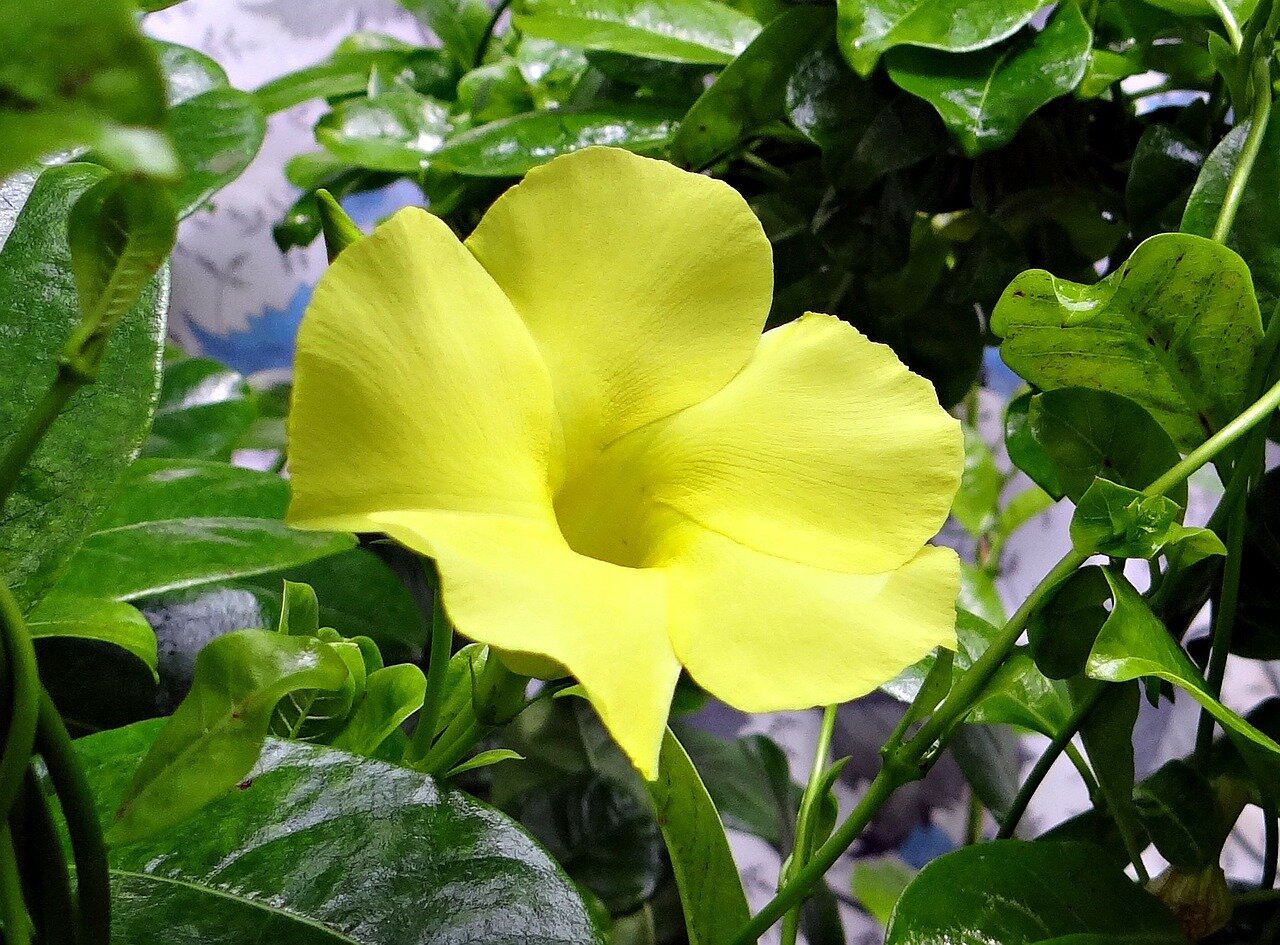Poinsettia is the number one houseplant sold in the US, over 70 million each year. More than 90% sold are red in color, but there are many other options: white, pink, salmon, gold, bi-colors, as well as some with double, ruffled bracts.
There are a number of ways to make your potted poinsettia look its best through the holiday season:
First, select a specimen that still has mostly-closed yellow buds at the center of the flower. The red, pink, salmon or white “petals” are actually bracts, not blooms. Fully opened flower buds signify that the plant is past its prime and won’t be beautiful quite as long. Look for bracts that are fully colored, with no green around the outside edges.
Second, poinsettias (Euphorbia pulcherrima) share characteristics with other members of the Euphorbia family. They don’t like to be subjected to blasts of hot air from heater ducts or cold air from open doorways. They prefer bright light but not direct sun, and moderate temperatures (60 to 70 degrees is ideal). Most important, they like damp but not wet soil.
Many poinsettias are sold with a sleeve of decorative foil concealing their nursery pot. The foil prevents excess water from draining out of the container’s soil mix. A waterlogged soil spells early death. Either cut an X in the bottom center of the foil wrapper and use an under-saucer to protect furniture, or remove the sleeve before watering and allow the excess to drain away before replacing the foil. To determine water needs, simply lift the container. If it is heavy, all is well. If it feels light, it is time to water. Lukewarm water is best. There is no need to fertilize.
Remove any yellowing leaves carefully. Poinsettia leaves and stems have a milky sap that may cause a rash among those with sensitive skins. Updated information says that poinsettias are NOT deadly to children, cats or dogs, but precautions should still be taken to keep pets from munching on them. The curious nibbler may experience drooling and nausea.
Poinsettia is native to Mexico. It is named after Joel Poinsett (1779 – 1851) who was the first American ambassador to Mexico. He brought the poinsettia to the Bartram Botanical Garden in Philadelphia in 1828. In their native habit, poinsettias will grow to 15 feet tall.
What about keeping your poinsettia after the holidays? My advice on this matter may surprise you: Don’t. When they start looking droopy, toss them out. Years ago, one of the fine folks at in Roebuck Nursery explained to me the painstaking process of growing poinsettias. The coloring process requires careful light control -- 14 hours of total darkness, each and every day -- starting in early October. The flowering and coloring process can even be upset by something as simple as a car’s headlights shining on the outside of the growers’ greenhouses. When anything is this complicated, I’m willing to leave it to the professionals.
The tiny yellow buds (“cyanthia”) are the true flowers. These are tightly closed, indicating a fresh, long-lasting plant.
This tower of Poinsettias and other holiday plants is typical of grocery store floral departments. Look carefully at the top-center, and you will see a plant that is suffering from being over-watered -- wilted, yellowing leaves. Once root rot is established, the plant is destined to die.
